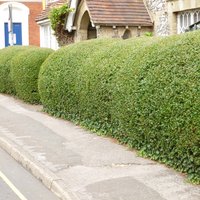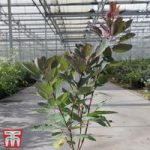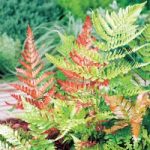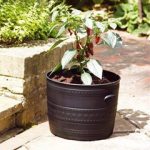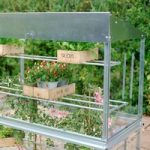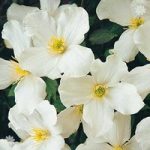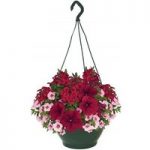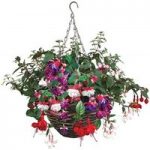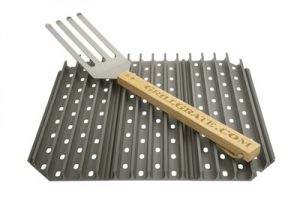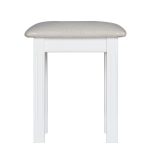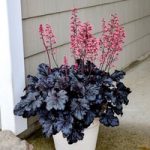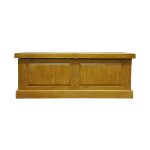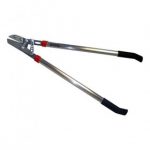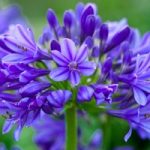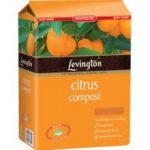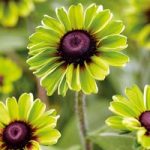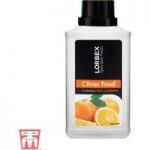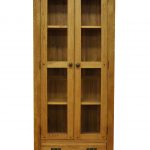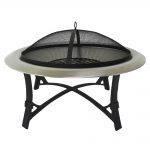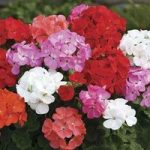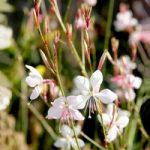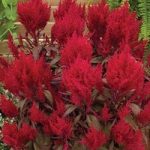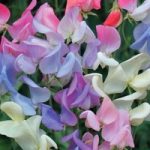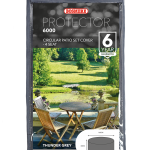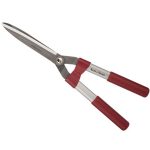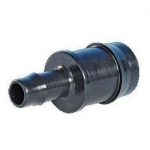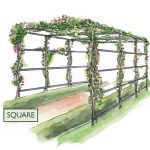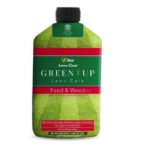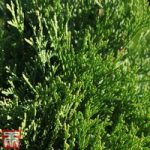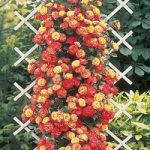Category Archives: Plants & Seeds
Field maple (Hedging)
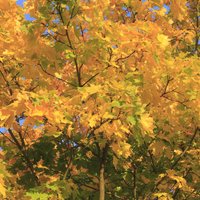 The only Acer native to the UK, the Field Maple naturally forms a medium-sized tree but also clips wonderfully into a dense, deciduous hedge. Distinctive lobed leaves emerge green tinged with red, becoming fully green throughout summer, before turning to a glorious buttery gold in autumn. The small spring flowers are followed by familiar winged
The only Acer native to the UK, the Field Maple naturally forms a medium-sized tree but also clips wonderfully into a dense, deciduous hedge. Distinctive lobed leaves emerge green tinged with red, becoming fully green throughout summer, before turning to a glorious buttery gold in autumn. The small spring flowers are followed by familiar winged
Cherry plum (Hedging)
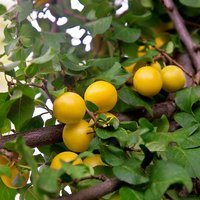 The Cherry Plum or Myrobalancan be often seen in autumn hedgerows as the golden yellow and deep red miniature round plums catch the eye as they are highlighted against the dark green foliage. The perfect hedging for wildlife, Prunus ceraifera is clothed in pristine white flowers during March and April followed by the edible fruits
The Cherry Plum or Myrobalancan be often seen in autumn hedgerows as the golden yellow and deep red miniature round plums catch the eye as they are highlighted against the dark green foliage. The perfect hedging for wildlife, Prunus ceraifera is clothed in pristine white flowers during March and April followed by the edible fruits
Privet (Hedging)
Guelder Rose (Hedging)
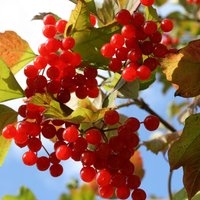 A British native, the Guelder Rose is a deciduous shrub with maple-like green leaves and pretty white lacecap flowers in May and June. The flowers are attractive to pollinating insects and are followed in the autumn by masses of glossy red berries, which are enjoyed by birds. In addition, the leaves take on fantastic red
A British native, the Guelder Rose is a deciduous shrub with maple-like green leaves and pretty white lacecap flowers in May and June. The flowers are attractive to pollinating insects and are followed in the autumn by masses of glossy red berries, which are enjoyed by birds. In addition, the leaves take on fantastic red
Green Beech (Hedging)
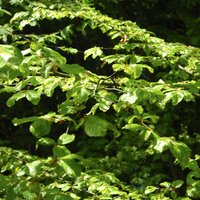 Green beech is a good candidate when you are planning a hedge or screen. The broad green leaves clothe the trees through spring and summer on intertwining branches and the tree will even hold onto its leaves after they’ve died in the autumn. The new leaves in spring replace the dead leaves almost seamlessly offering
Green beech is a good candidate when you are planning a hedge or screen. The broad green leaves clothe the trees through spring and summer on intertwining branches and the tree will even hold onto its leaves after they’ve died in the autumn. The new leaves in spring replace the dead leaves almost seamlessly offering
Golden Weeping Willow (Hedging)
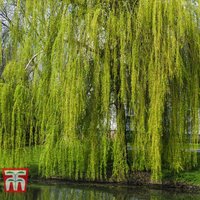 Golden Weeping Willow is an excellent choice for a hedge on ground that is often waterlogged, or boggy. It quickly settles in and makes an attractive boundary. Salix chrysocoma has a dense form that makes it an effective screen; in winter its bare stems still provide a barrier and are a golden yellow colour that
Golden Weeping Willow is an excellent choice for a hedge on ground that is often waterlogged, or boggy. It quickly settles in and makes an attractive boundary. Salix chrysocoma has a dense form that makes it an effective screen; in winter its bare stems still provide a barrier and are a golden yellow colour that
Tilia cordata (Hedging)
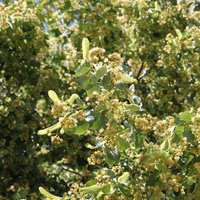 The Small-Leaved Lime is often seen planted in long stands as avenue trees, but is also idea for hedges and screening. The dark green foliage make the small white summer flowers really stand out, and as the leaves slowly turn to yellow winged seeds develop in clusters. Tilia cordata is a good choice for a
The Small-Leaved Lime is often seen planted in long stands as avenue trees, but is also idea for hedges and screening. The dark green foliage make the small white summer flowers really stand out, and as the leaves slowly turn to yellow winged seeds develop in clusters. Tilia cordata is a good choice for a
Sweet Chestnut (Hedging)
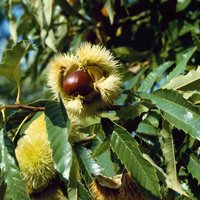 Sweet Chestnut hedging not only looks good, but can provide you with delicious sweet chestnuts in late autumn! Castanae sativa tolerates being kept clipped to your desired size, and providing the catkin-flowers aren’t removed when they appear in summer, you will be rewarded with fruits later in the year. Large, oblong leaves up to 20cm
Sweet Chestnut hedging not only looks good, but can provide you with delicious sweet chestnuts in late autumn! Castanae sativa tolerates being kept clipped to your desired size, and providing the catkin-flowers aren’t removed when they appear in summer, you will be rewarded with fruits later in the year. Large, oblong leaves up to 20cm
Wayfaring Tree (Hedging)
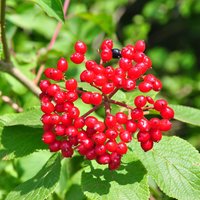 The Wayfaring Tree is a dense and upright shrub that becomes spreading as it ages. Viburnum lantana has thick, dark green foliage and bears creamy-white flowers in May. Green fruits start to form when flowering is finished, turning orange-red and then black. All three fruit colours can be seen in the same cluster at the
The Wayfaring Tree is a dense and upright shrub that becomes spreading as it ages. Viburnum lantana has thick, dark green foliage and bears creamy-white flowers in May. Green fruits start to form when flowering is finished, turning orange-red and then black. All three fruit colours can be seen in the same cluster at the
Blackthorn (Hedging)
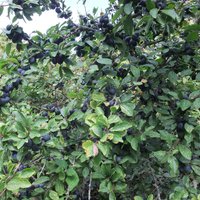 Prunus spinosa is better known as a Sloe or Blackthorn bush when naturalised in hedgerows. Blackthorn is named for it’s small round black berries that are used to make Sloe gin and for the thorns which, along with dense foliage make the plant perfect for security hedging. A further attraction are the white flowers in
Prunus spinosa is better known as a Sloe or Blackthorn bush when naturalised in hedgerows. Blackthorn is named for it’s small round black berries that are used to make Sloe gin and for the thorns which, along with dense foliage make the plant perfect for security hedging. A further attraction are the white flowers in
Red Leaf Rose (Hedging)
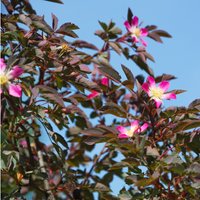 The Red Leaf Rose is a great choice for hedging for several reasons, not least its natural beauty. With its pretty pink flowers and purple-grey leaves, it stands alone as a beautiful specimen plant, or adds a touch of colour to the mix when grown with other hedging plants. It provides security, forming a dense
The Red Leaf Rose is a great choice for hedging for several reasons, not least its natural beauty. With its pretty pink flowers and purple-grey leaves, it stands alone as a beautiful specimen plant, or adds a touch of colour to the mix when grown with other hedging plants. It provides security, forming a dense
Burnet rose (Hedging)
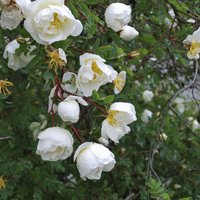 At a height of just 1 metre the Burnet Rose will provide a boundary without blocking the view. The natural habit of Rosa pimpinellifolia is as a dense, thorny thicket with the added interest of creamy white flowers with a very pleasing sweet scent to give colour and interest through May and June. During autumn
At a height of just 1 metre the Burnet Rose will provide a boundary without blocking the view. The natural habit of Rosa pimpinellifolia is as a dense, thorny thicket with the added interest of creamy white flowers with a very pleasing sweet scent to give colour and interest through May and June. During autumn
Pussy Willow (Hedging)
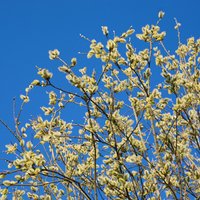 Also known as the Goat Willow, Pussy Willow is a deciduous shrub or small tree which makes a great addition to mixed wildlife hedges or planted as an informal screen. Well known for its soft grey, furry catkins which appear in early spring on bare branches, the flowers which emerge are a fantastic source of
Also known as the Goat Willow, Pussy Willow is a deciduous shrub or small tree which makes a great addition to mixed wildlife hedges or planted as an informal screen. Well known for its soft grey, furry catkins which appear in early spring on bare branches, the flowers which emerge are a fantastic source of
White Ramanas Rose (Hedging)
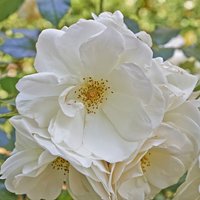 The White Ramanas Rose is very similar so the ordinary rosa rugosa, but has pure white flowers that contrast nicely with its very dark foliage. The flowers are followed by bright red, round fruits (hips) that are loved by many wildlife species. Extremely prickly stems make for a very effective defence against intruders.Supplied as 50
The White Ramanas Rose is very similar so the ordinary rosa rugosa, but has pure white flowers that contrast nicely with its very dark foliage. The flowers are followed by bright red, round fruits (hips) that are loved by many wildlife species. Extremely prickly stems make for a very effective defence against intruders.Supplied as 50
Sea Buckthorn (Hedging)
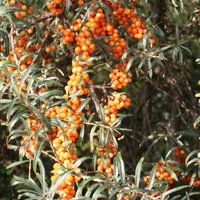 This is a great choice for a hedge in a location where the growing conditions are challenging. Sea Buckthorn prefers dry, almost sandy soil, thriving where other shrubs might struggle to grow. It is a most attractive shrub with small and slender, silvery leaves growing along thorny stems. The yellow flowers later produce bright orange
This is a great choice for a hedge in a location where the growing conditions are challenging. Sea Buckthorn prefers dry, almost sandy soil, thriving where other shrubs might struggle to grow. It is a most attractive shrub with small and slender, silvery leaves growing along thorny stems. The yellow flowers later produce bright orange
Scarlet Willow (Hedging)
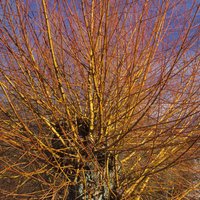 Scarlet Willow has all of the characteristics you would expect from this species, with the added bonus of bright red young stems in winter. Scarlet willow adapts well to being part of a hedgerow, and regular clipping encourages more red shoots to grow. Tolerant of flooding, willows are an ideal choice for planting in areas
Scarlet Willow has all of the characteristics you would expect from this species, with the added bonus of bright red young stems in winter. Scarlet willow adapts well to being part of a hedgerow, and regular clipping encourages more red shoots to grow. Tolerant of flooding, willows are an ideal choice for planting in areas
Rowan (Hedging)
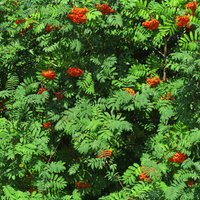 With its fine, attractive leaves, clusters of white flowers in spring, and bright orange or red autumn berries, the Rowan is a good-looking choice for a hedging plant. But that’s not the only reason for choosing the Mountain Ash. Once established, it is a fast-grower and responds well to being regularly clipped, bushing out to
With its fine, attractive leaves, clusters of white flowers in spring, and bright orange or red autumn berries, the Rowan is a good-looking choice for a hedging plant. But that’s not the only reason for choosing the Mountain Ash. Once established, it is a fast-grower and responds well to being regularly clipped, bushing out to
Amelanchier (Hedging)
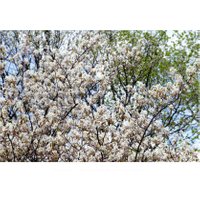 Amelanchier is often grown a specimen tree with an attractive, open habit. These deciduous trees are colourful, with leaves opening bronze and changing to orange and red tones by the autumn – they are known for their amazing autumn colours, which are enhanced when planted in a sunny border. Also known as Snowy Mespilus, Amelanchier
Amelanchier is often grown a specimen tree with an attractive, open habit. These deciduous trees are colourful, with leaves opening bronze and changing to orange and red tones by the autumn – they are known for their amazing autumn colours, which are enhanced when planted in a sunny border. Also known as Snowy Mespilus, Amelanchier
Golden Elderberry (Hedging)
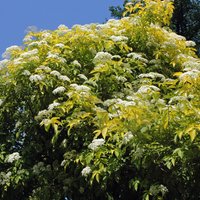 Bright and bold, the Golden Elderberry makes a striking addition to your garden and an unusual deciduous hedge. The attractive yellow-green, pinnate leaves are the perfect compliment to the panicles of sweetly scented dainty white flowers in early summer. These nectar-rich blooms are followed in autumn by clusters of small black elderberries which contrast beautifully
Bright and bold, the Golden Elderberry makes a striking addition to your garden and an unusual deciduous hedge. The attractive yellow-green, pinnate leaves are the perfect compliment to the panicles of sweetly scented dainty white flowers in early summer. These nectar-rich blooms are followed in autumn by clusters of small black elderberries which contrast beautifully







